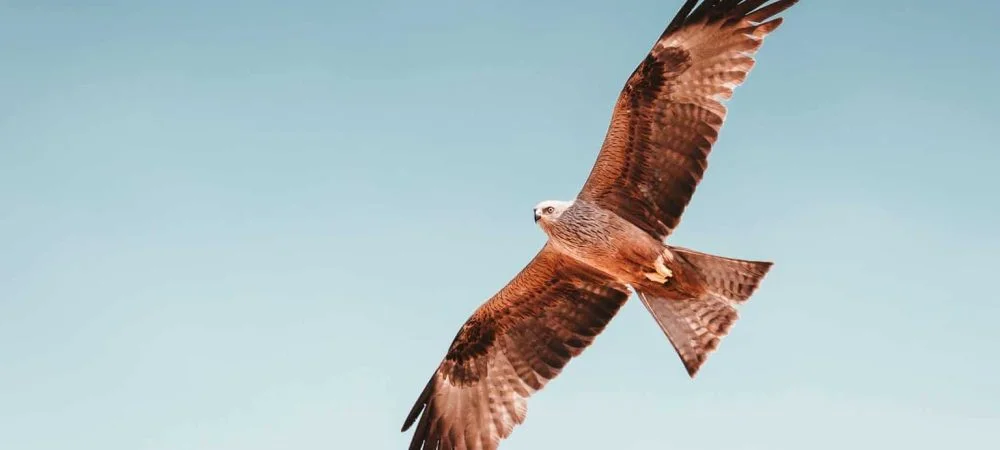
Want to learn more? This book on the Birds of Prey of North America is a fantastic read!
Several of these hawks have been spotted in massive groups all at once.
The state of New Jersey has three very popular hawking spots as well as 50 different designated state parks and 4 different national parks.
New Jersey has what is classified as a moderate climate and this means that in the state there are warm summers and cold winters.
This is ideal for hawks that may need to migrate due to severe seasonal conditions.
Now that we’ve had a little look at the different species of hawk that reside in this state, lets look at the individual species in more detail.
Want to attract birds of prey to your yard? Take a look at our article!
What Hawks can be seen in New Jersey?
Table of Contents
1. Sharp-Shinned Hawk
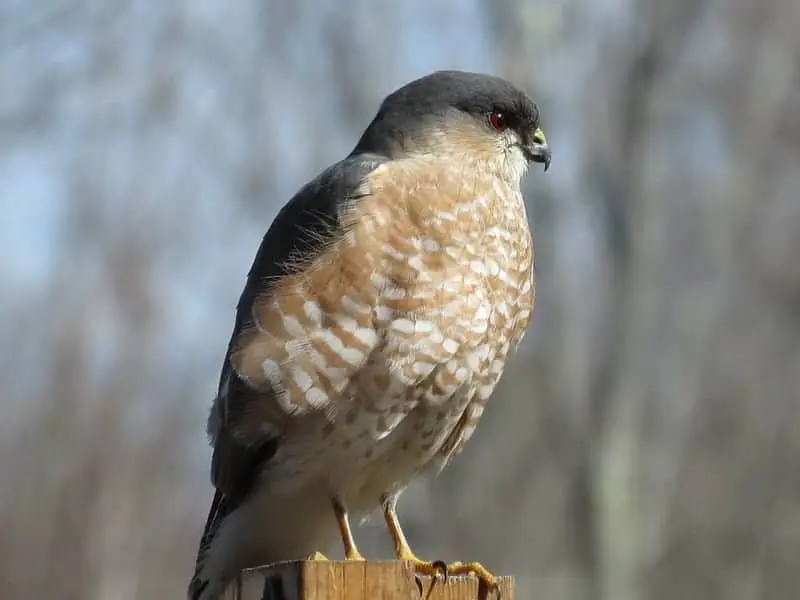
“Sharp-Shinned Hawk” by ‘Dennis Murhpy‘ is licensed under CC BY 2.0
Wingspan
43-56cm
Weight
87-218g
Life Expectancy
3 years
Diet
Robins and Thrushes
The bellies of this bird are pale brown in colour whilst their wings are covered in dark brown feathers.
These birds are most commonly seen in dense forest areas and will rarely nest in places with little tree cover.
Sharp-shinned Hawks are classified as pursuit hunters and most of their diet is made up of small species of songbirds.
During their breeding seasons, these birds are a lot less active to reduce their risk of predation.
The pairs will nest together under areas of deep forest cover and on average produce 3-8 eggs per brood and only one brood per breeding season.
Very few individuals will stay in the state of New Jersey year-round, most of these hawks will only be seen outside of their breeding seasons.
There have been recorded sightings of this bird throughout the whole state but most of the common sightings appear to be along the eastern border of the state.
2. Cooper’s Hawk
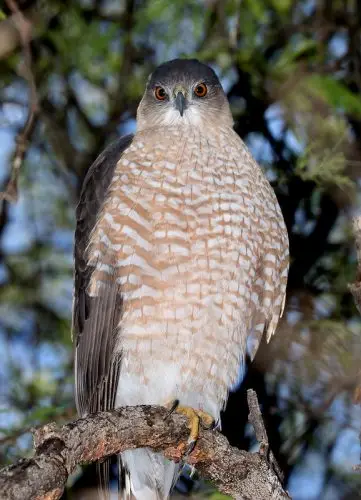
Wingspan
62-90cm
Weight
330-680g
Life Expectancy
Up to 12 years
Diet
Small Birds, Mice & Squirrels
Cooper’s Hawks have large heads in comparison to their medium sized body.
Their underbellies are covered in red barred feathers and their backs wings are a slate grey colour.
Whilst these birds prefer nesting in thick forests, they have been seen nesting in leafy suburbs and sightings of these hawks in parks have become more common in recent years.
These birds have very fast and powerful flights when hunting for prey, they most commonly consume smaller species of birds.
Males and females of this species will build their nests together after the male has performed a bowing display for her. Not a lot else is known about their breeding behaviors.
These birds can be seen year-round in the state of New Jersey; however, some individuals only stray into the state during their breeding seasons.
Cooper’s Hawks have a relatively even distribution throughout the state, but most are spotted along the western border of the state.
3. Northern Goshawk
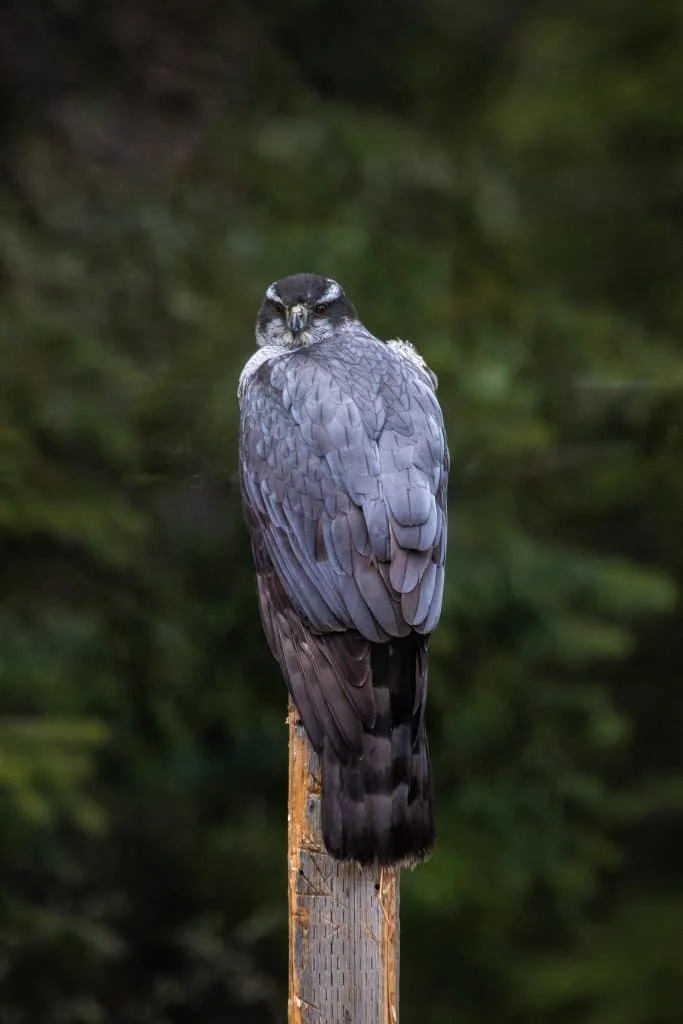
Wingspan
89-127cm
Weight
631-1364g
Life Expectancy
7 Years
Diet
Mammals, reptiles & insects
The Northern Goshawk has dark feathers covering its wings and back whilst its belly and breast is covered with pale feathers.
These hawks will seek out nesting sites in mixed hardwood forest areas and will build their nests close to the canopy.
They will hunt using gliding flights but will occasionally also pursue their prey on foot.
Their prey is incredibly diverse, and they consume mammals, birds, amphibians and insects.
After forming a breeding pair, the individuals will perform a sky dance together. They also remain monogamous to one another and will sometimes produce up to 500 eggs per clutch.
Small amounts of these birds are year-round residents in New Jersey, but most are only present in the state outside of their breeding seasons.
They can be seen in all regions of the state, but they have most commonly been recorded in the northern half of the state.
4. Red-Shouldered Hawk
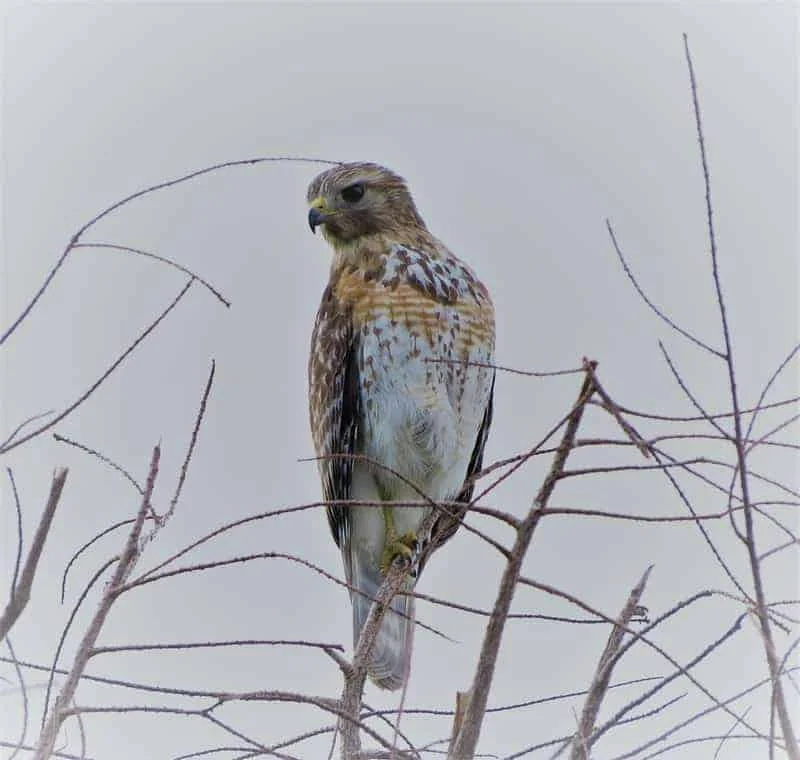
Wingspan
94-111cm
Weight
486g-774g
Life Expectancy
2 years
Diet
Small mammals, reptiles & amphibians
Red-shouldered Hawks are medium-sized hawks with checkered wings of white and dark feathers.
Their underbellies and breasts are covered in warm brown feathers. You can see these birds in forest areas, and they will often live close to flooded swamps.
These hawks hunt by hovering in circles and their prey mostly consists of small mammals.
Red-shouldered hawks are very territorial birds and have been known to not only attack Great Horned Owls and Crows, but also humans that move too close to their nests.
Males of this species have a mating display made up of a series of dives that is referred to as a ‘sky dance’.
These hawks can be seen throughout all regions of New Jersey and they are permanent residents of the state.
They are most active during their breeding seasons and have been most commonly sighted in the eastern half of the state.
5. Broad-Winged Hawk
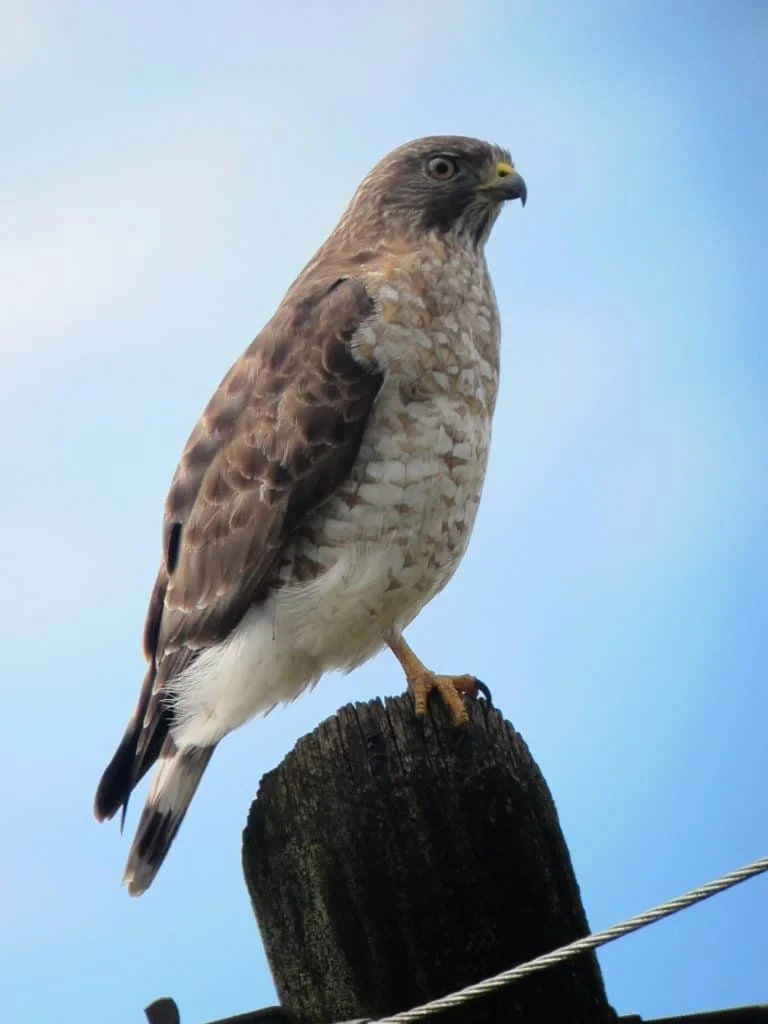
“Broad Winged Hawk” by ‘Felipe Uribe‘ is licensed under CC BY 2.0
Wingspan
81-100cm
Weight
265g-560g
Life Expectancy
Up to 20 years
Diet
Small mammals & insects
As you may expect from the name, these hawks have very wide and broad wings.
They have pale-colored bellies and brown wings and heads. These hawks are forest residents and will usually reside in woodland areas that are close to bodies of water.
They prefer to be as far away as they can from human activities and landscapes.
Some of these birds will form breeding pairs that stay together for a series of several years whilst others will mate with different individuals each year.
Even if they stay together for several years, breeding pairs will not interact with one another outside of the breeding seasons.
These hawks can be seen throughout all areas of the state, but they can only be seen in New Jersey during their breeding seasons.
Most of the recorded sightings of this bird appear to be in the northern regions of the state.
6. Red-Tailed Hawk
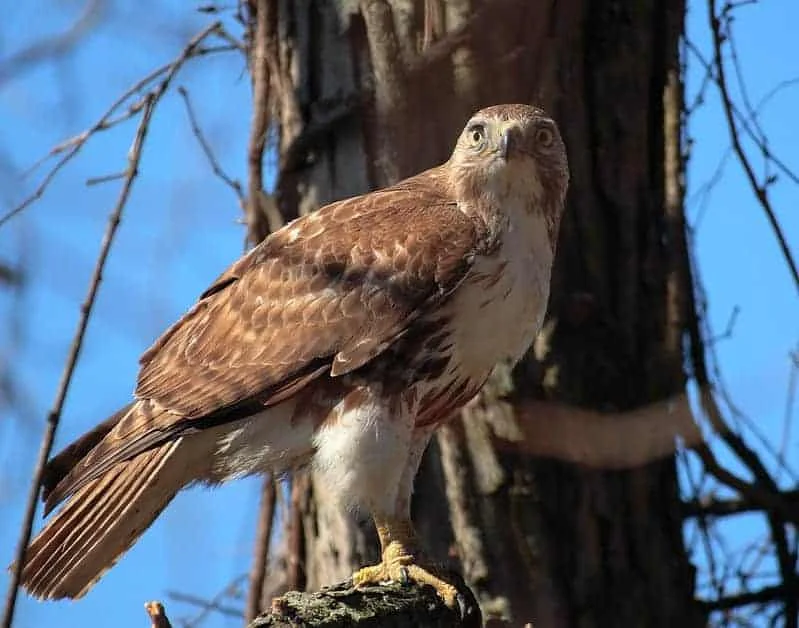
Wingspan
114-133cm
Weight
900-1460g
Life Expectancy
10-15 years
Diet
Small mammals, mice & voles
These birds are easily identifiable by their warm brown tail feathers and their pale underwings and bellies.
Red-tailed hawks have been seen in a large variety of habitats and are most commonly found in areas of open woodlands.
When it comes to their territory, these birds are very defensive and can be very aggressive with other birds.
They have been known to get into fights with and chase off other hawks, eagles and certain species of owls.
These birds are monogamous and form mating pairs that, more often than not, will stay together until an individual passes away.
These birds can be seen throughout the year in New Jersey and are residents of all regions of the state.
The recorded sightings of this bird are evenly distributed throughout the state, but most recorded sightings have been on the western border.
7. Rough-Legged Hawk
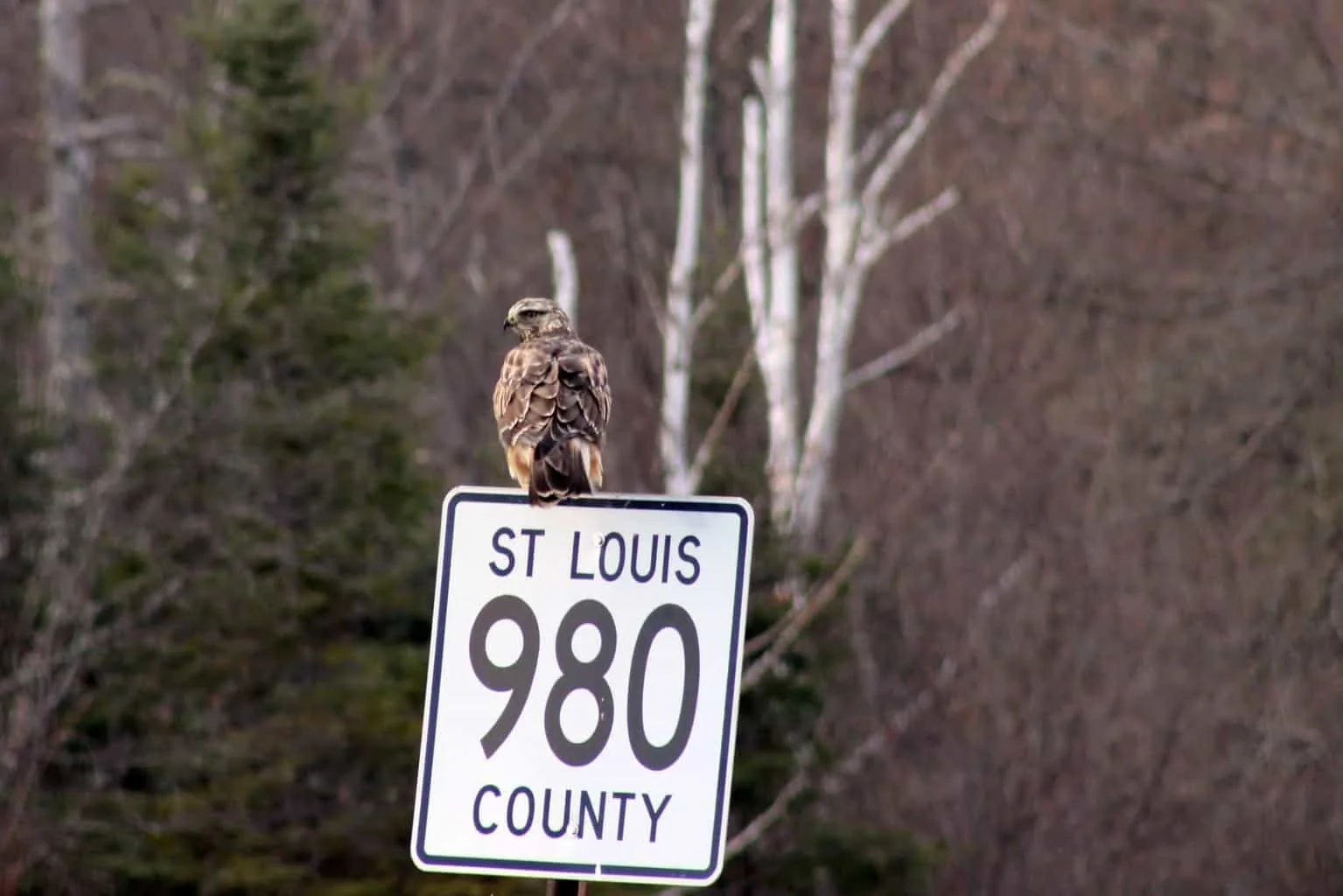
Wingspan
132-138cm
Weight
715-1400g
Life Expectancy
Up to 18 years
Diet
Small rodents
This is one of the larger species of hawk and they have longer tail feathers than most, but they do have a smaller bill.
Rough-legged Hawks make their nests in open areas, most commonly in grasslands. These hawks are active through the day, most commonly at dawn and dusk, their prey consists of small rodents such as voles.
Whilst the courtship display of this bird is very minimal in comparison to other species, these birds stay monogamous during their breeding seasons and have sometimes been observed nesting in their wintering grounds together.
This hawk is migratory and therefore can only be seen in New Jersey outside of their breeding seasons, most commonly in winter.
These birds have been seen throughout all regions of the state, but they appear to be least commonly sighted in the central areas of the state.

More Articles.
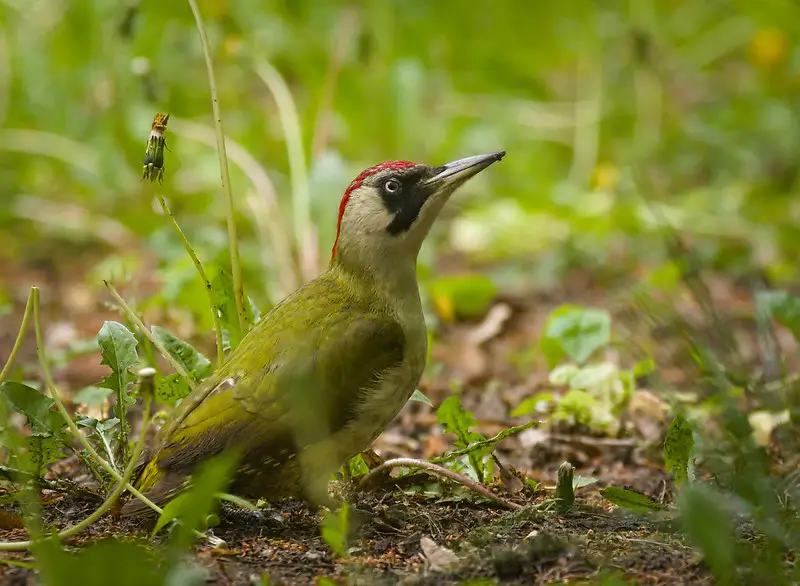
What Woodpeckers can you see in France? (9 Species with Pictures & Sounds)
What woodpeckers can you see in France? There are 9 different species of woodpecker that
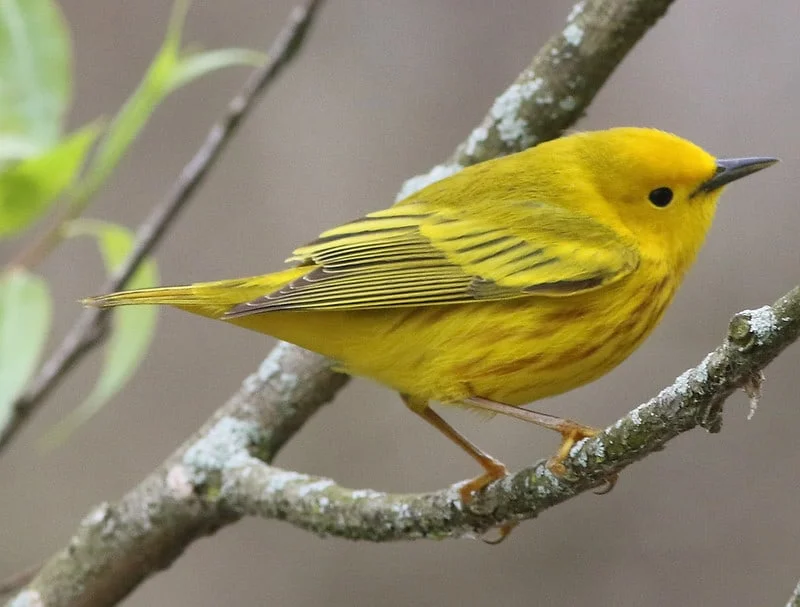
North American Birds with Yellow Wings (12 Species with Pictures and Sounds)
Canada and America are filled with many wonderful birds with yellow wings – in fact,
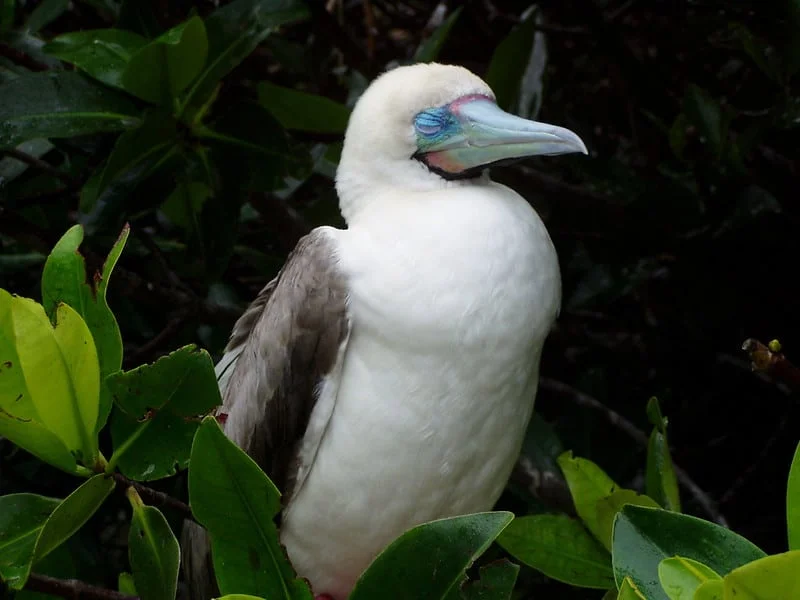
North American Birds with a White Breast (18 Species with Pictures and Sounds)
Canada and America are filled with many wonderful birds with a white breast – in

About Us
We are avid bird-watchers who recently retired, allowing us more time to travel the world. Fortunately, we have managed to visit numerous countries around Europe, Asia, and America. Watching and photographing birds has been a passion for many years and we are making the most of the extra time on our hands!
